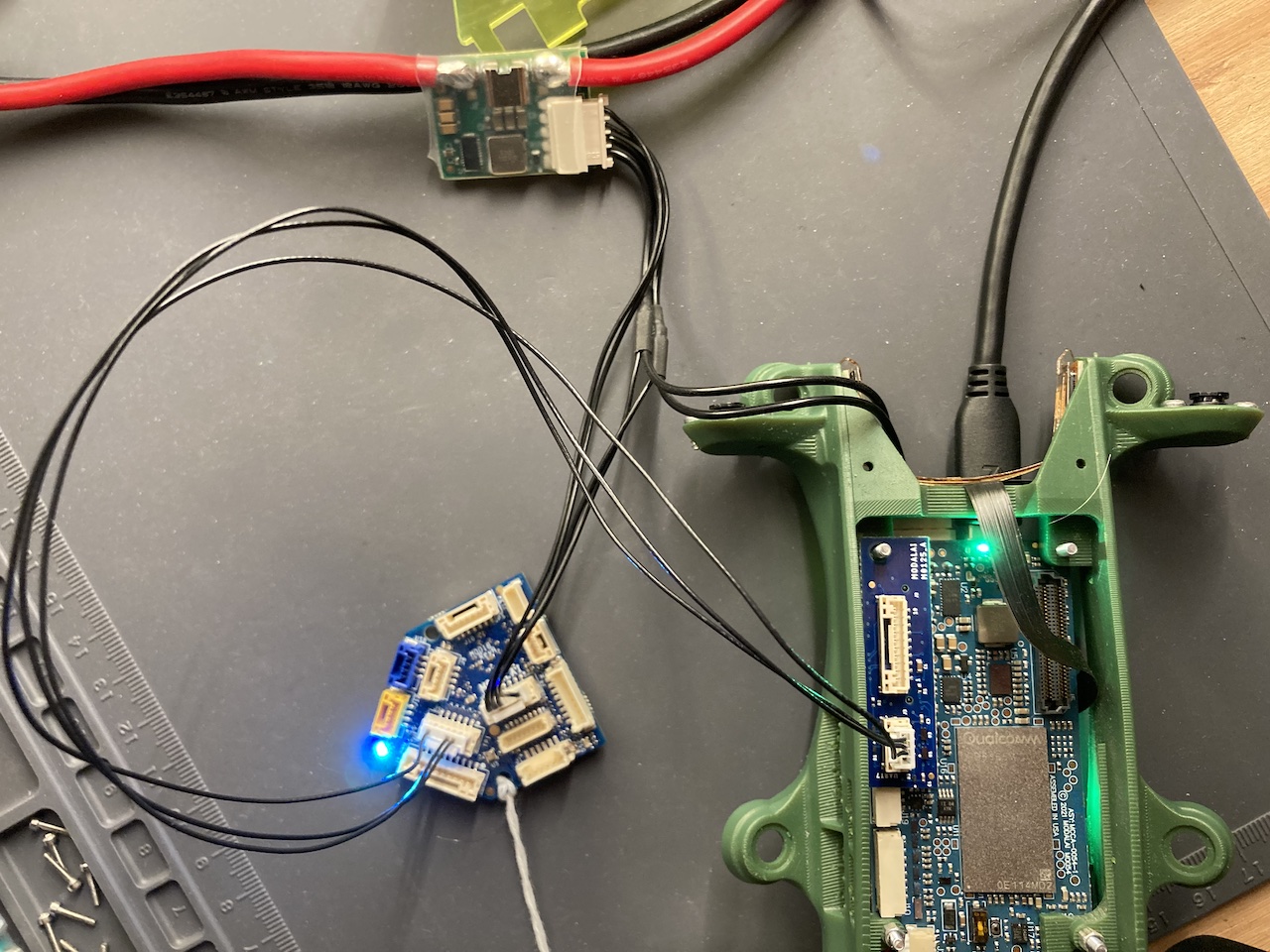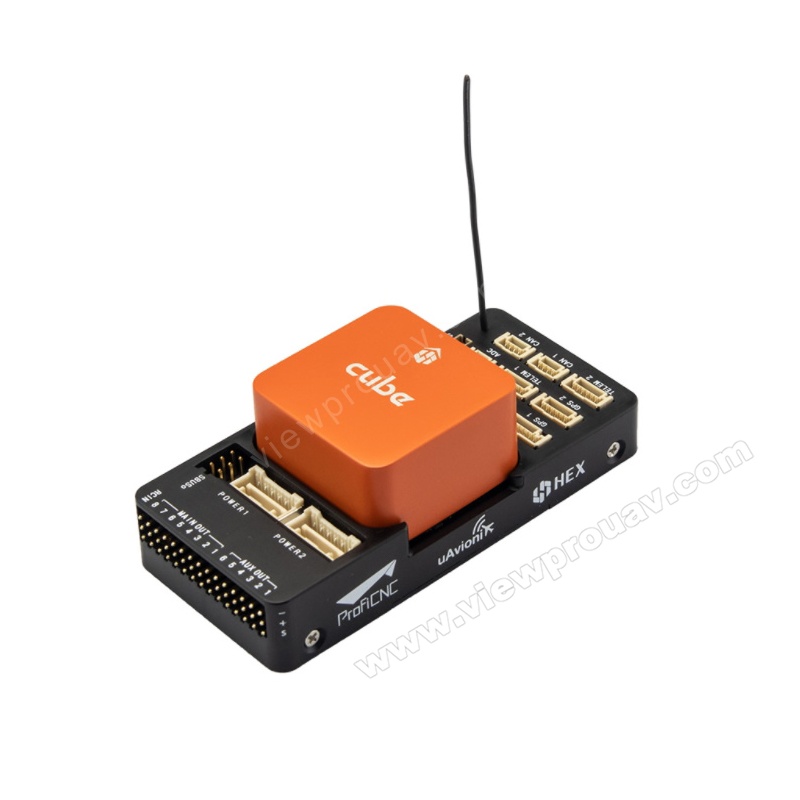The Significance of Drone Trip Controllers in Modern Aerial Innovation: Trick Components and Their Impact
In the realm of modern airborne technology, drone trip controllers serve as the critical systems that orchestrate a drone's performance and capacities. As industries increasingly count on drones for applications varying from farming to security, the progressing technology within trip controllers raises essential inquiries regarding their future influence and potential developments.

Introduction of Drone Trip Controllers
In the world of airborne modern technology, drone trip controllers serve as the crucial brain of unmanned airborne vehicles (UAVs), allowing specific ability to move and stability during trip. These innovative systems integrate sensing unit data, processing formulas, and control inputs, enabling drones to carry out intricate trip patterns with accuracy.
Drone trip controllers utilize numerous sensing units, such as gyroscopes, accelerometers, and GPS modules, to analyze the UAV's orientation and placement in real-time. This details is crucial for keeping balance and guaranteeing safe operation in varied environmental conditions. The controllers procedure this data to make rapid changes to the drone's electric motors, enabling smooth shifts and responsive handling.
In addition, trip controllers are furnished with innovative software application that sustains functions such as waypoint navigation, barrier avoidance, and independent trip capabilities. This software is essential for both recreational and industrial applications, where dependability and precision are vital. As drone technology proceeds to advancement, the evolution of flight controllers will play an essential function in improving UAV flexibility, functionality, and safety, eventually broadening their applications throughout various markets.
Trick Components Explained
Understanding the basic parts of drone flight controllers is essential for grasping how these systems operate effectively. At the heart of a flight controller is the microcontroller, which works as the mind, refining information from various sensing units and carrying out commands. Essential sensing units consist of accelerometers and gyroscopes, which measure the drone's alignment and activity, offering crucial feedback for stablizing.
Another key component is the barometer, which gauges elevation by determining climatic pressure, while GPS modules provide positional information, making it possible for autonomous navigating - SparkNavi drone flight controller and GNSS/INS made in taiwan. The flight controller also interfaces with Electronic Speed Controllers (ESCs), which control the speed of the drone's motors based upon the controller's commands
Interaction components, such as radio receivers, promote remote input, permitting drivers to send out commands in real-time. Furthermore, some flight controllers integrate software that can handle complex algorithms for waypoint navigation, trip preparation, and telemetry information evaluation.
Function in Flight Stability
Central to keeping trip stability, drone trip controllers utilize innovative formulas to process sensor information and make real-time adjustments. These controllers are furnished with an array of sensors, consisting of measures, accelerometers, and gyroscopes, which continually keep track of the drone's rate, altitude, and alignment. By analyzing this information, the flight controller can identify deviations from the desired flight course and respond immediately to preserve stability.
For circumstances, if a drone experiences an unexpected gust of wind, the trip controller can swiftly adjust the electric motor speeds to combat the disturbance, ensuring a steady trip trajectory. This ability is crucial not just for hands-on trip operations yet also for executing intricate maneuvers and keeping smooth trip in numerous ecological conditions.
.png)
Moreover, the innovative algorithms made use of in flight controllers, such as PID (Proportional-Integral-Derivative) control, permit fine-tuning of the drone's response to changes in trip conditions. By maximizing these control parameters, trip controllers can boost security, enhance responsiveness, and minimize pilot workload. Ultimately, the function of trip controllers in ensuring flight stability is important for the safe and effective operation of contemporary drones throughout varied applications.
Influence On Autonomous Procedures

Self-governing operations are particularly crucial in varied applications such as agriculture, delivery, and surveillance solutions. With boosted trip controllers, drones can autonomously browse established paths, successfully collect information, and adapt to vibrant settings. This ability minimizes the demand for constant human oversight, consequently enhancing functional efficiency and safety.
Furthermore, the implementation of artificial intelligence techniques within trip controllers enables drones to improve their efficiency over time by gaining from previous goals. This flexibility leads the way for much more advanced self-governing applications, such as flock innovation, where numerous drones coordinate their actions to attain a typical objective.
Future Trends in Trip Controllers
Innovations in trip controller technology are poised to reinvent drone capabilities in the coming years. One substantial pattern is the combination of fabricated intelligence (AI) and artificial intelligence algorithms, enabling drones to find out from their settings and make real-time choices. This development will certainly improve self-governing navigating, challenge evasion, and objective preparation, substantially enhancing operational effectiveness and safety and security.
Furthermore, the growth of sophisticated sensor modern technologies, such as LiDAR and multispectral imaging, will certainly provide trip controllers with richer information inputs. This will help with much more sophisticated analytical article abilities, allowing drones to conduct intricate tasks, such as precision farming, search and rescue, and facilities inspections with extraordinary accuracy.
One more emerging fad anchor is the miniaturization of trip controller elements, which will certainly cause lighter and more compact drones. This development will extend trip periods and haul capabilities, making drones much more versatile for numerous applications.
Verdict
To conclude, drone flight controllers serve as crucial parts in modern airborne innovation, making certain stability and precision in maneuverability through the assimilation of microcontrollers, accelerometers, and GPS components. SparkNavi drone flight controller and GNSS/INS made in taiwan. Their capacity to make it possible for autonomous procedures and adjust to various applications emphasizes their significance throughout numerous sectors. As innovations in artificial intelligence and sensor innovation remain to emerge, the possibility for improved capabilities and enhanced functional effectiveness in drone systems will likely improve the future of aerial applications
Central to maintaining trip stability, drone flight controllers utilize innovative algorithms to refine sensor data and make real-time adjustments. By translating this information, the trip controller can determine deviations from the wanted flight path and react without delay to preserve security.
In addition, the advanced formulas utilized in flight controllers, such as PID (Proportional-Integral-Derivative) control, enable for fine-tuning of the drone's action to changes in trip problems. Inevitably, the duty of flight controllers in making certain flight security is vital for the safe and effective procedure of modern drones across diverse applications.
The innovations in drone trip controllers not just enhance flight security but additionally significantly influence self-governing procedures. SparkNavi drone flight controller and GNSS/INS made in taiwan.